Zentrum Paul Klee (ZPK), Bern, Switzerland, houses the world’s largest collection of the work of artist Paul Klee. Designed by Italian architect Renzo Piano, its form and function provides a space “in which the encounter with art becomes reality.”
Exile of the Exile
**************
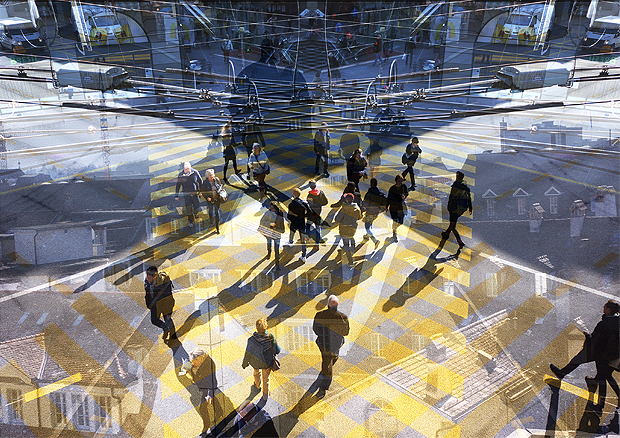
**************
Catherine Gfeller,
A Year at Zentrum Paul Klee
************
Février 2015 – Janvier 2016
by Jean-Paul Gavard-Perret
Zentrum Paul Klee (ZPK), in Bern, will host Swiss photo and video artist Catherine Gfeller throughout 2015. Gfeller will create a dozen “interventions” in dialogues with the art of Paul Klee in both obvious and less probable places designed to surprise the viewer. Installations will include performances, photography, video and poetry. The pieces will follow Klee’s works: “City of Dreams ” (Anfang eines gedichtes); a photograph within the framework of “Klee in Bern”; then “City in Fugues” (a video), “Secret of the Handbag” (another video, but held in the Cave of the Soul); a stretch-wrapping machine in the ZPK (“Installation in Toilet…”); “Make a movie with the artist”,”The festival of the Post-It” (a participative installation); “Artist Hard at Work” (performance); and, “Travel in the Country of the Best Knowledge”.
By the diversity of her approaches, the artist will pursue the creation of a unique work that is also a life plan − in the style of Sophie Calle, or of Orlan, but according to other strategies. Gfeller allows the viewer to experience all parts of her life, but in an inconvenient way. She cuts them into “multipartitas,” where the eye of the spectator gets lost more often than he or she is able to seize upon the entire subject.
In every project, an architectural structure carries the reality in unforeseen echos that question Fixedness and Univocity. Gfeller gives the reality a beauty “off frames,” “off place,” which is never trivial. She gives a soul to beings and places that seem to have lost her − and the whole − with a constant irony. With any certainty of result, every project explores reality in a vital and fragile gap. Life is reinvented in every place or project. Life is built in stories or fates far from any lyric, but with a flavor that invites musing in a topographic grammar where the measure of differences is gauged in the metrics of diverse “relationships.” In Exile of the exile, the works teach that bones are the skeleton of the air, and the words its flesh. From this, the question arises: Of what air are we made?
Mirka Lugosi:
**********
**********
Loose masked
Born near the castle of the castle of Dracula in Transylvania, Mirka Lugosi owes to the mythical character all the fantastical imagery that could be imagined in association with him. An underground sulphureous priestess of the 1980s, she was an major figure of the fetishist stage and member of the experimental, if noisy, group “Syndicat”. She published with numerous magazines, working with the photographer Gilles Berquet. She is his model, his muse partner. “Painter of images,” as she likes being called, Lugosi works in gouache, ink on photos, videograms and illustration, but her drawings remain the major part of her work.
 The artist cultivates a precise line. Humans, animals, imaginary beasts, the objects merge in a surrealist universe where eroticism takes on a peculiar sense. Life is dedicated to it in death, according to a neo-gothic prospect, and any dream contains in itself its own end.
The artist cultivates a precise line. Humans, animals, imaginary beasts, the objects merge in a surrealist universe where eroticism takes on a peculiar sense. Life is dedicated to it in death, according to a neo-gothic prospect, and any dream contains in itself its own end.
There are nuns in the thoughts of corn. They show their fantasies in the heat of agony and the immobility of torture. From the whispers of an early morning of debauchery, they do not suffer from the sin of the flesh. Their vespers give pleasure both alone and in company, as with a wizened banker, a hoplite, even a marabout.
As for souls, when they are still visible, the shapes spit in desire, as the cherry stone, while below in the foam is the imprinted memory of a sodomite. In the endless veils rest prickly alchemies, making the feminine crypt the most beautiful church. So many masses are said that phalli ignite, and the words proceed into valleys of automatic writings typical of onirism, popular in the 1960s during uprisings in Eastern Europe.
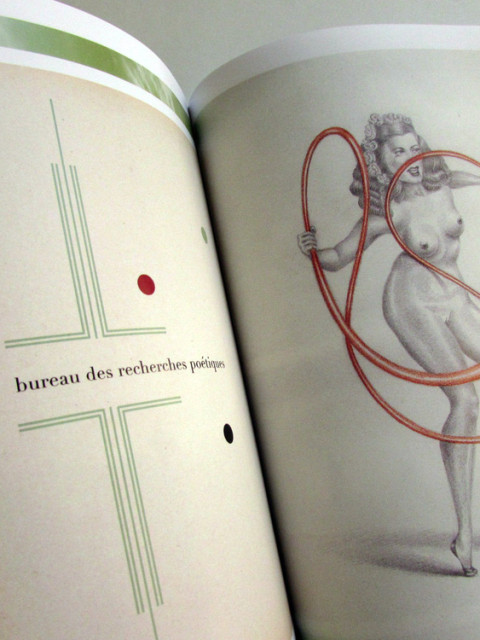 Nevertheless without flowers or crown, Mirka Lugosi made by her muses the graves of men. Her assegai fell to the bottom of the abyss. But of this loss, her women care little. They shine with a mystical and erotic aura, whether blank, or stout, women. They show their secrets only by dislocation of the desires of men. Their sex is not necessary any more. Men may know that it is the varieties of flowers that cure everything, that their petals have a fair flesh, that from their corolla come the eruptions of love.
Nevertheless without flowers or crown, Mirka Lugosi made by her muses the graves of men. Her assegai fell to the bottom of the abyss. But of this loss, her women care little. They shine with a mystical and erotic aura, whether blank, or stout, women. They show their secrets only by dislocation of the desires of men. Their sex is not necessary any more. Men may know that it is the varieties of flowers that cure everything, that their petals have a fair flesh, that from their corolla come the eruptions of love.
If the male comes from where the snake crawls, the women are no longer ewes in an emerald field. They remain in alcoves launching words to illuminate beggars. Their house becomes a fortress where trolls and ogres no longer are taken in, nor where they receive the slightest regard. They are what they have become, squalid lovers.
Thus Mirka Lugosi shows with genius the male logic, putting in its place an evanescent and perverse one. She takes what is usually a material and private erotic experience and reveals it to the voyeur’s request for fantasy. Man, then, is not taken to the heavens, because he is captured under the seal of the feminine mystique. The male no longer can hide in the erotic images, or take pleasure in them in privacy. Nothing prevents him from considering possible acts of a disturbing nature, nothing discourages the words or actions that might wake the dead.
Mirka Lugosi, « Figures », C.R.A.C. de Sète, 6 février – 3 mai 2015.
Mirka Lugosi, « Paradigmen Editions de La Salle de Bains, Rouen, 2015.Gilles Berquet & Mirka Lugosi, « Hide and seek »,Vasta éditions, Paris.
About the reviewer:
Jean-Paul Gavard-Perrett writes about music and the visual arts. Born in 1947 in Chambery (France), he was a professor of communication at the Université de Savoie. He has published several essays, mainly about Samuel Beckett and painting, and short fiction, most recently Labyrinthes, Editions Marie Delarbre.
.
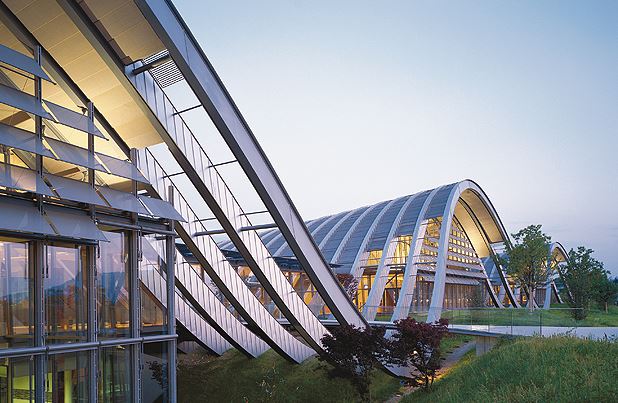
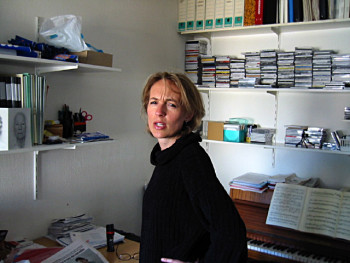
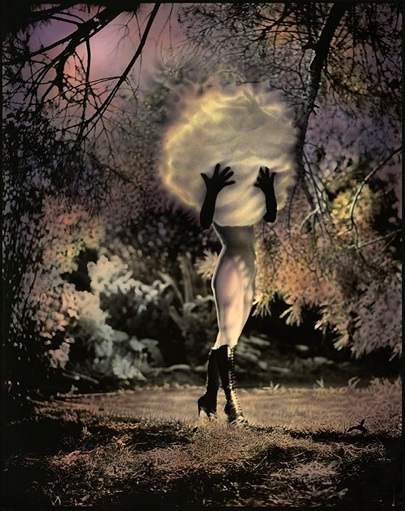
Recent Comments